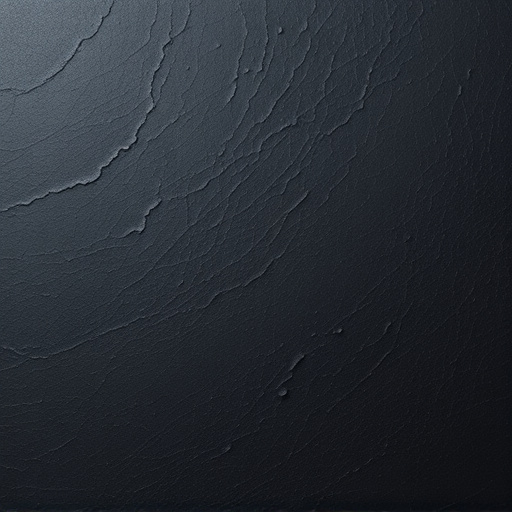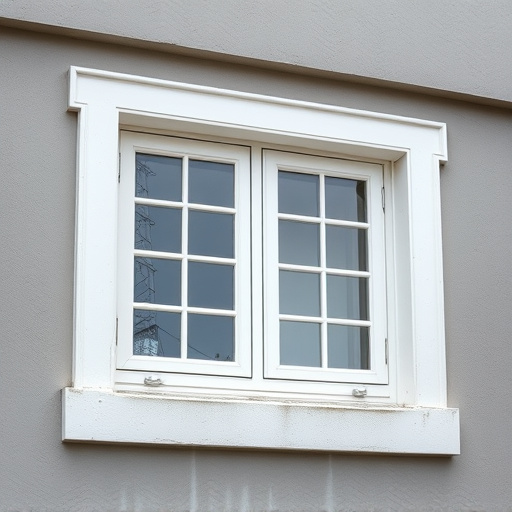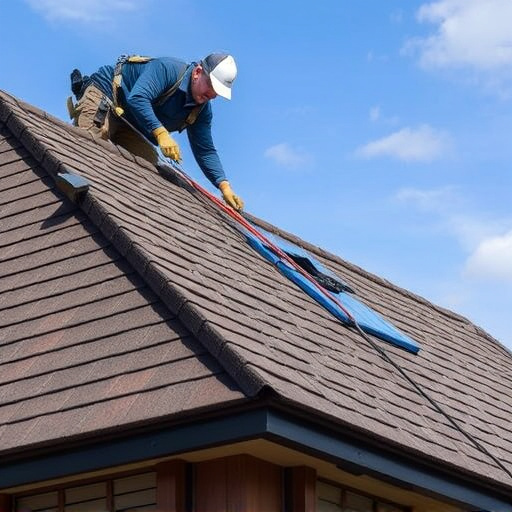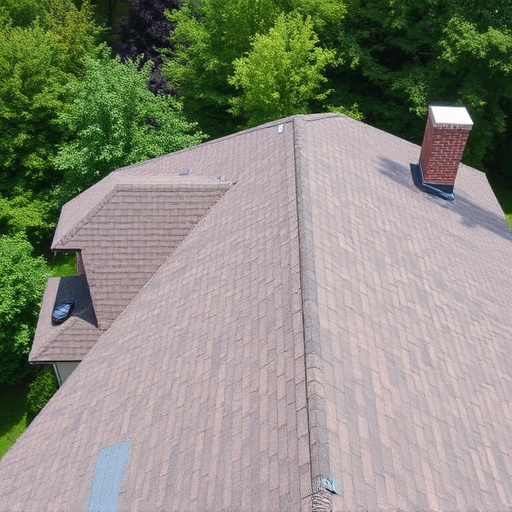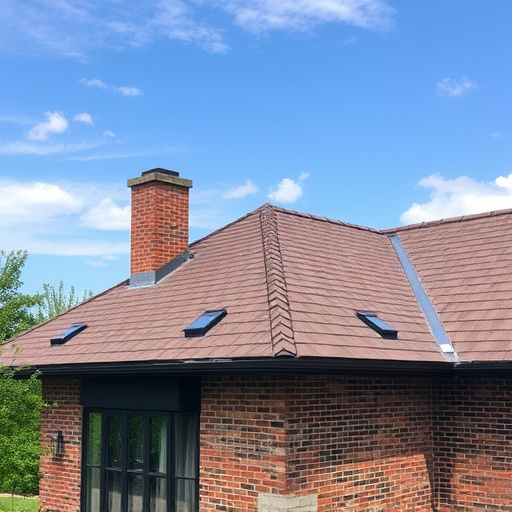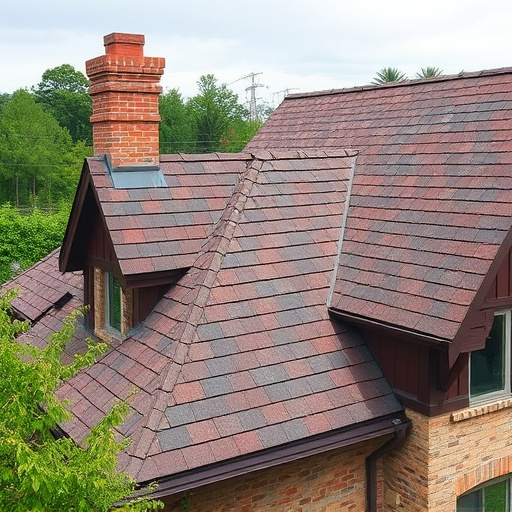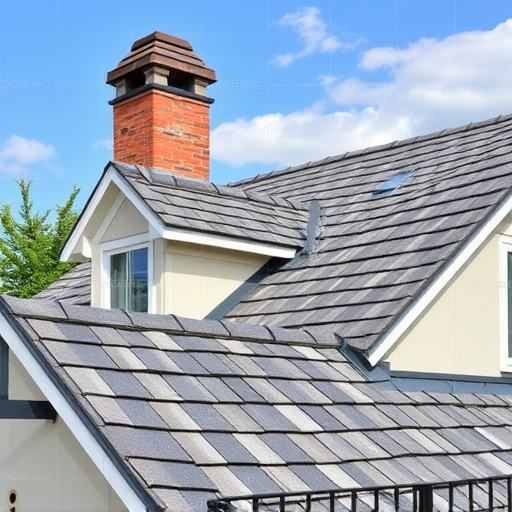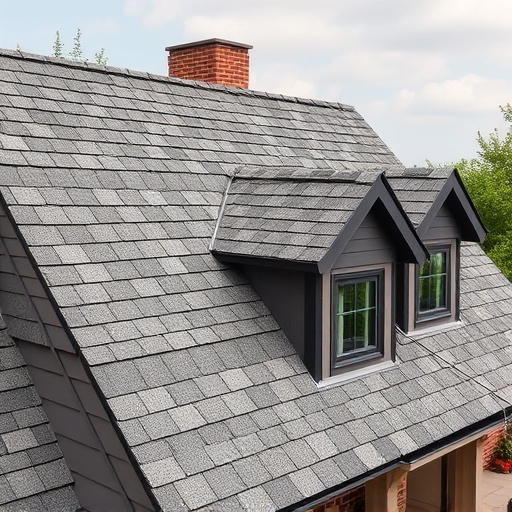Gutter damage, though seemingly minor, causes severe issues like water overflow, structural damage, mould growth, fire hazards, and pest attraction. Regular gutter maintenance, prompt repairs, and proper installation prevent these problems, ensuring optimal drainage, safeguarding against long-term damage, and preserving home value. This guide provides a step-by-step process for effective gutter repair, including assessment, removal of damaged sections, cleaning, sealing, and choosing suitable gutter systems.
Gutters are often overlooked until they cause major problems. Effective gutter repair is not just about enhancing drainage; it’s a critical component of home maintenance that impacts structural integrity and safety. This article guides you through understanding the damaging effects of faulty gutters, offers a straightforward step-by-step repair guide, and provides best practices for long-lasting drainage solutions. Learn how to tackle this essential task and safeguard your home.
- Understanding the Impact of Gutter Damage
- Step-by-Step Guide to Gutter Repair
- Best Practices for Long-Lasting Drainage Solutions
Understanding the Impact of Gutter Damage
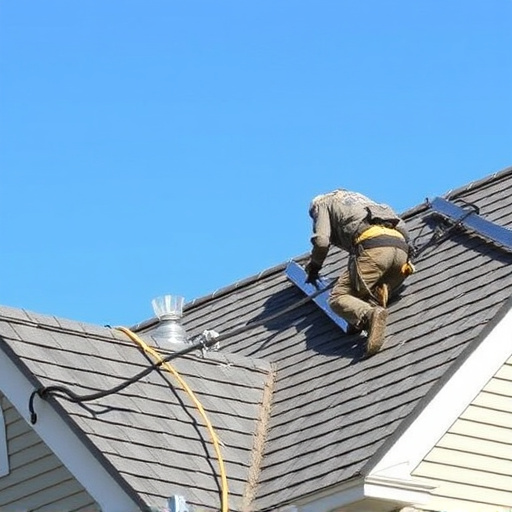
Gutter damage can seem like a minor issue, but it has significant implications for both your home’s drainage system and overall safety. When gutters become compromised, water can no longer flow freely, leading to overflows and potential flooding. This not only causes structural damage but also increases the risk of mould growth and other health hazards within your property. Over time, gutter debris buildup can create a dangerous fire hazard due to blocked drains, as well as attract pests like rats and squirrels, further complicating matters.
Whether it’s due to fallen branches, extreme weather events, or simple neglect, ignoring gutter repair issues can cascade into more costly problems. Commercial roofing and residential roofing professionals alike emphasize the importance of regular maintenance checks to prevent such disasters. Prompt action on gutter repairs not only ensures optimal drainage but also safeguards your home’s investment value by preventing long-term structural damage.
Step-by-Step Guide to Gutter Repair
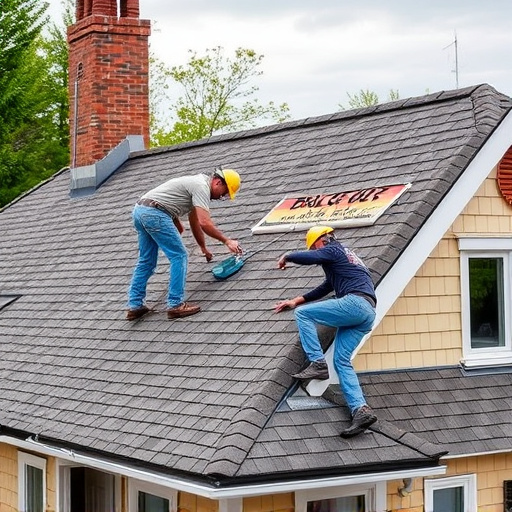
Gutter repair is a crucial task that can significantly enhance your home’s drainage system and overall safety. Here’s a straightforward step-by-step guide to help you get started:
1. Assess the Damage: Begin by inspecting your gutters for any signs of damage, such as cracks, holes, or loose connections. Look for blocked areas where debris might have accumulated, causing water overflow. This initial check will guide the repair process and help you identify if a simple fix or a more comprehensive roof replacement is needed.
2. Gather Materials: Based on your assessment, gather the necessary tools and materials, including new gutter sections, hangers, sealing compounds, and cleaning equipment. If your gutters require complete replacement, consider professional home service solutions that offer efficient siding installation as well, ensuring a seamless finish for your roofing system.
3. Remove Damaged Sections: Safely take out the damaged or blocked portions of the gutters. Wear protective gear, especially when handling ladders, to ensure safety during this process. Once removed, clean the area, eliminating any debris or dirt that might have accumulated over time.
4. Install New Gutters: Measure and cut new gutter sections to fit your home’s specifications. Secure them in place using appropriate hangers, ensuring a tight seal at joints. Use sealing compounds to prevent leaks at connections and corners. For more intricate jobs, consider seeking expert advice on choosing the right gutter system, which can complement your home’s exterior, be it traditional or modern.
Best Practices for Long-Lasting Drainage Solutions
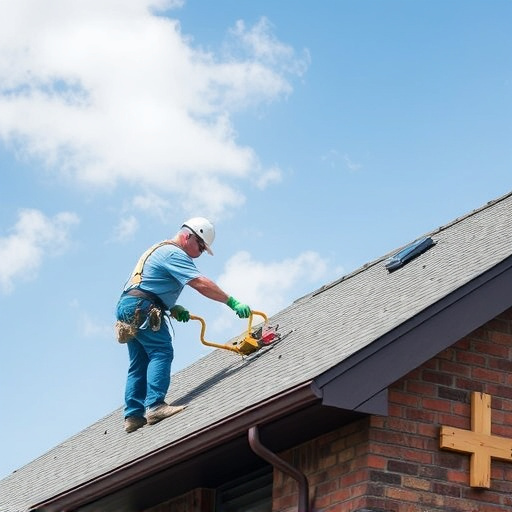
When it comes to long-lasting drainage solutions, proper gutter repair is a crucial first step. Start by inspecting your gutters for any signs of damage, such as holes, cracks, or misalignments. Clean out debris and ensure smooth water flow by removing leaves, twigs, and other obstacles. Regular maintenance includes hosing down the gutters to dislodge built-up dirt and checking for loose connections at joints and downspouts.
For more comprehensive solutions, consider integrating gutter guards to prevent clogs and reduce cleaning frequency. When repairs are not enough, especially in older homes, siding repairs or replacement alongside roof repair might be necessary. Choosing the right materials, like high-quality gutters and durable siding, ensures extended protection against water damage and improves overall home safety.
Gutter repair is not just about fixing a minor inconvenience; it’s an essential step towards enhancing home safety and ensuring proper drainage. By understanding the impact of gutter damage and implementing long-lasting solutions, homeowners can avoid costly repairs and maintain a secure living environment. Following our step-by-step guide and best practices, you’ll be well-equipped to tackle gutter repair effectively, keeping your home protected from potential water damage and structural issues.


